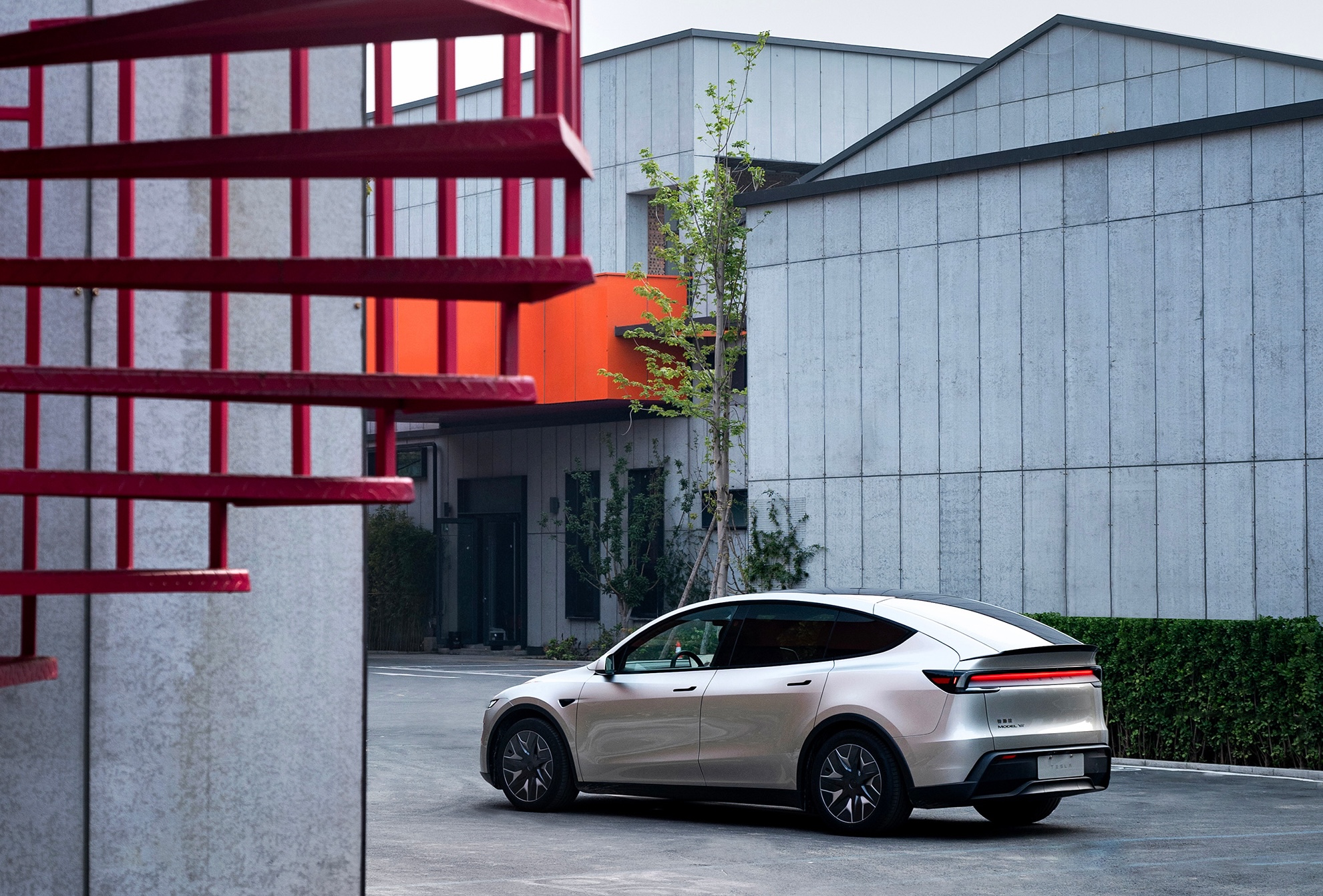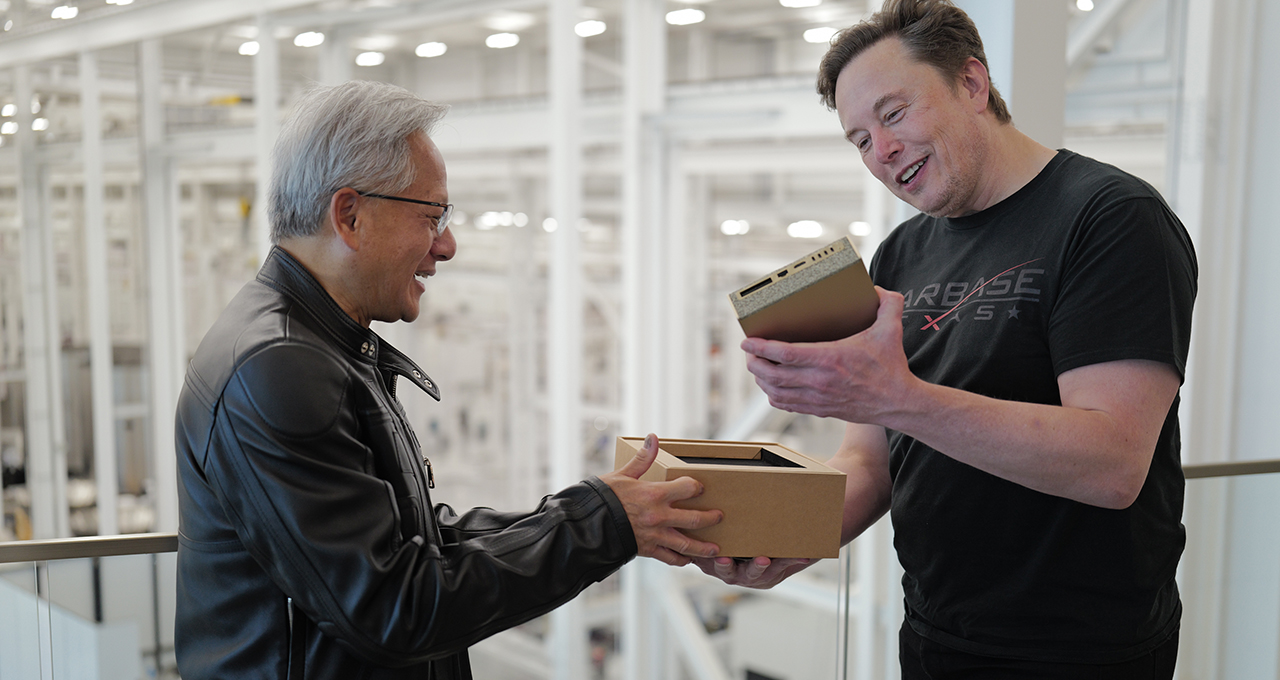

News
Ford Mustang Mach-E GT’s 5-second full power limit is a sneaky way to promote ICE
Ford has not been shy about the idea that the Mustang Mach-E GT is its most fun electric vehicle to date. Quick and powerful, the Mach-E GT promised zero-emissions fun behind the wheel. But in recent tests from auto review site Edmunds, it appears that the premium all-electric crossover features a weakness — one that could end up arguing for the internal combustion engine.
Edmunds is hardly a pro-Tesla site, with reviewers dubbing vehicles like the Model S Plaid as a “waste of money.” Yet in its recent review, the auto review site admitted that it’s difficult to recommend Ford’s flagship electric crossover against the Tesla Model Y Performance, despite the Mustang Mach-E GT offering “superior handling, ride comfort, and braking” than its Silicon Valley-made counterpart.
This was because the Ford Mustang Mach-E GT, ultimately, could only access five consecutive seconds of full power. This severely hobbles the driving experience of the vehicle, as it prevents the Mach-E from performing to its full potential during hard driving scenarios. The Mach-E GT could not even match the Model Y Performance’s brutality on the track. This is quite a notable observation, as the Model Y Performance is the slowest “Performance” branded vehicle in Tesla’s current lineup.
Edmunds host Ryan Zummallen outlined the Mustang Mach-E GT’s five-second power limit while reviewing the vehicle on the track. “On the track, the Mach-E GT is a more complete package. Its handling, braking, and responsiveness feel cohesive and sharp in a way that makes this Model Y feel messy by comparison. However, we have a big problem. We noticed that the Mach-E GT was losing power at the tail end of its acceleration runs. Then it was having trouble putting down power out of certain corners. And then it was struggling to get power all over the track.
“So what gives? Well, it’s because the Mach-E GT only ever gets five consecutive seconds of full power, that’s according to Ford, in order to preserve the battery life. Unfortunately, that makes the GT really disappointing to drive after a while, if you’re trying to go fast or even just have a little fun on a track. I mean, is that supposed to be a GT model or not? And on top of that, a GT Performance model, at that price with a five-second limit, I mean, in our minds, that’s unacceptable,” the Edmunds host said.
Overall, one cannot help but agree with Edmunds’ take on the Mach-E GT’s five-second full power limit. The Mach-E GT is already the vehicle’s performance version, so it is already expected to not be the most efficient in terms of battery consumption. Ford has also touted the Mach-E as a true Mustang in every sense of the word, as the Mach-E GT is as quick as they come. Yet by putting an evident limiter on the vehicle, Ford seems to be saying that drivers who like to access real performance for maximum driving fun should still opt for a combustion-powered Mustang.
A Mustang powered by the internal combustion engine, after all, is known for being a fun car to drive, and it is also not known to limit its power. When the Mach-E was launched, it got tons of support from the EV community, including Tesla CEO Elon Musk, yet the vehicle was widely panned by the Mustang community, many of whom refused to acknowledge the all-electric crossover as a proper Mustang. Quirks such as a five-second power limit on a flagship GT model would likely do very little to sway the classic Mustang crowd from their biases against the Mach-E.
Watch Edmunds’ review of the Ford Mustang Mach-E in the video below.
Don’t hesitate to contact us with news tips. Just send a message to tips@teslarati.com to give us a heads up.

News
Tesla extends FSD Supervised ride-alongs in Europe by three months
Needless to say, it does appear that FSD fever is starting to catch in Europe.

Tesla appears to be doubling down on its European Full Self-Driving (Supervised) push, with the company extending its demo ride-along program by three months until the end of March 2026. The update seems to have been implemented due to overwhelming demand.
Needless to say, it does appear that FSD fever is starting to catch in Europe.
Extended FSD demonstrations
Tesla EU Policy and Business Development Manager Ivan Komušanac shared on LinkedIn that the company is offering ride-along experiences in Germany, France and Italy while working toward FSD (Supervised) approval in Europe.
He noted that this provides a great feedback opportunity from the general public, encouraging participants to record and share their experiences. For those unable to book in December, Komušanac teased more slots as “Christmas presents.”
Tesla watcher Sawyer Merritt highlighted the extension on X, stating that dates now run from December 1, 2025, to March 31, 2026, in multiple cities including Stuttgart-Weinstadt, Frankfurt and Düsseldorf in Germany. This suggests that the FSD ride-along program in Europe has officially been extended until the end of the first quarter of 2026.
Building momentum for European approval
Replies to Merritt’s posts buzzed with excitement, with users like @AuzyMale noting that Cologne and Düsseldorf are already fully booked. This sentiment was echoed by numerous other Tesla enthusiasts on social media. Calls for the program’s expansion to other European territories have also started gaining steam, with some X users suggesting Switzerland and Finland as the next locations for FSD ride-alongs.
Ultimately, the Tesla EU Policy and Business Development Manager’s post aligns with the company’s broader FSD efforts in Europe. As per recent reports, Tesla recently demonstrated FSD’s capabilities for Rome officials. Reporters from media outlets in France and Germany have also published positive reviews of FSD’s capabilities on real-world roads.
News
Tesla’s six-seat extended wheelbase Model Y L sold out for January 2026
Estimated delivery dates for new Tesla Model Y L orders now extend all the way into February 2026.

The Tesla Model Y L seems to be in high demand in China, with estimated delivery dates for new orders now extending all the way into February 2026.
This suggests that the Model Y L has been officially sold out from the rest of 2025 to January 2026.
Model Y L estimated delivery dates
The Model Y L’s updated delivery dates mark an extension from the vehicle’s previous 4-8 week estimated wait time. A detailed chart shared by Tesla data tracker @Tslachan on X shows the progressions of the Model Y L’s estimated delivery dates since its launch earlier this year.
Following its launch in September, the vehicle was given an initial October 2025 estimated delivery date. The wait times for the vehicle were continually updated over the years, until the middle of November, when the Model Y L had an estimated delivery date of 4-8 weeks. This remained until now, when Tesla China simply listed February 2026 as the estimated delivery date for new Model Y L orders.
Model Y demand in China
Tesla Model Y demand in China seems to be very healthy, even beyond the Model Y L. New delivery dates show the company has already sold out its allocation of the all-electric crossover for 2025. The Model Y has been the most popular vehicle in the world in both of the last two years, outpacing incredibly popular vehicles like the Toyota RAV4. In China, the EV market is substantially more saturated, with more competitors than in any other market.
Tesla has been particularly kind to the Chinese market, as it has launched trim levels for the Model Y in the country that are not available anywhere else, such as the Model Y L. Demand has been strong for the Model Y in China, with the vehicle ranking among the country’s top 5 New Energy Vehicles. Interestingly enough, vehicles that beat the Model Y in volume like the BYD Seagull are notably more affordable. Compared to vehicles that are comparably priced, the Model Y remains a strong seller in China.
Elon Musk
NVIDIA CEO Jensen Huang commends Tesla’s Elon Musk for early belief
“And when I announced DGX-1, nobody in the world wanted it. I had no purchase orders, not one. Nobody wanted to buy it. Nobody wanted to be part of it, except for Elon.”

NVIDIA CEO Jensen Huang appeared on the Joe Rogan Experience podcast on Wednesday and commended Tesla CEO Elon Musk for his early belief in what is now the most valuable company in the world.
Huang and Musk are widely regarded as two of the greatest tech entrepreneurs of the modern era, with the two working in conjunction as NVIDIA’s chips are present in Tesla vehicles, particularly utilized for self-driving technology and data collection.
Nvidia CEO Jensen Huang regrets not investing more in Elon Musk’s xAI
Both CEOs defied all odds and created companies from virtually nothing. Musk joined Tesla in the early 2000s before the company had even established any plans to build a vehicle. Jensen created NVIDIA in the booth of a Denny’s restaurant, which has been memorialized with a plaque.
On the JRE episode, Rogan asked about Jensen’s relationship with Elon, to which the NVIDIA CEO said that Musk was there when nobody else was:
“I was lucky because I had known Elon Musk, and I helped him build the first computer for Model 3, the Model S, and when he wanted to start working on an autonomous vehicle. I helped him build the computer that went into the Model S AV system, his full self-driving system. We were basically the FSD computer version 1, and so we were already working together.
And when I announced DGX-1, nobody in the world wanted it. I had no purchase orders, not one. Nobody wanted to buy it. Nobody wanted to be part of it, except for Elon.
He goes ‘You know what, I have a company that could really use this.’ I said, Wow, my first customer. And he goes, it’s an AI company, and it’s a nonprofit and and we could really use one of these supercomputers. I boxed one up, I drove it up to San Francisco, and I delivered it to the Elon in 2016.”
The first DGX-1 AI supercomputer was delivered personally to Musk when he was with OpenAI, which provided crucial early compute power for AI research, accelerating breakthroughs in machine learning that underpin modern tools like ChatGPT.
Tesla’s Nvidia purchases could reach $4 billion this year: Musk
The long-term alliance between NVIDIA and Tesla has driven over $2 trillion in the company’s market value since 2016.








